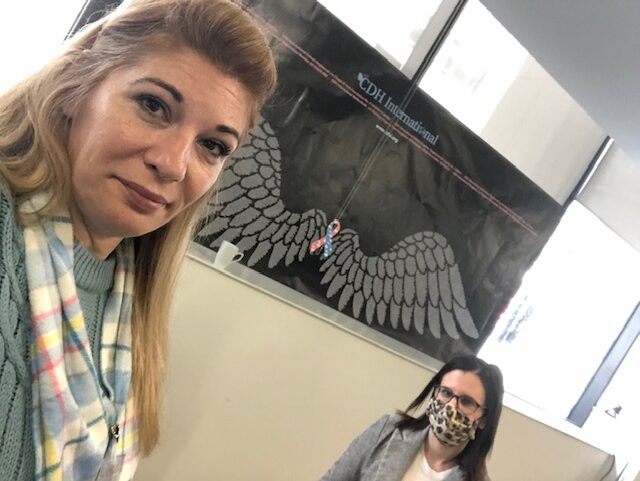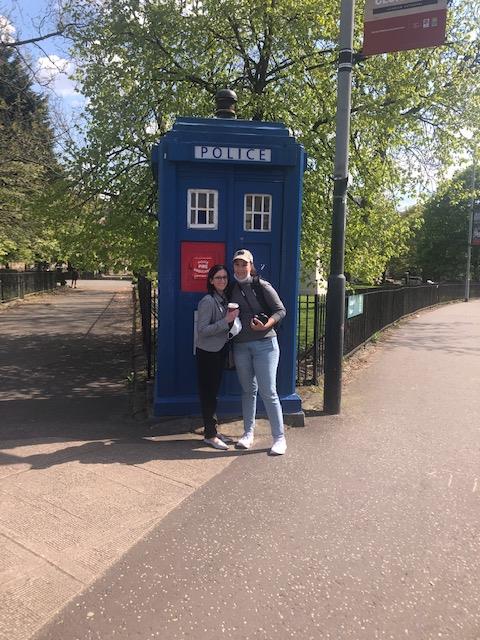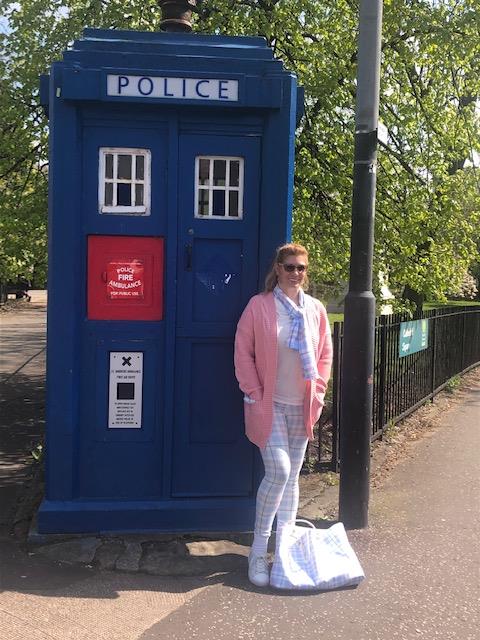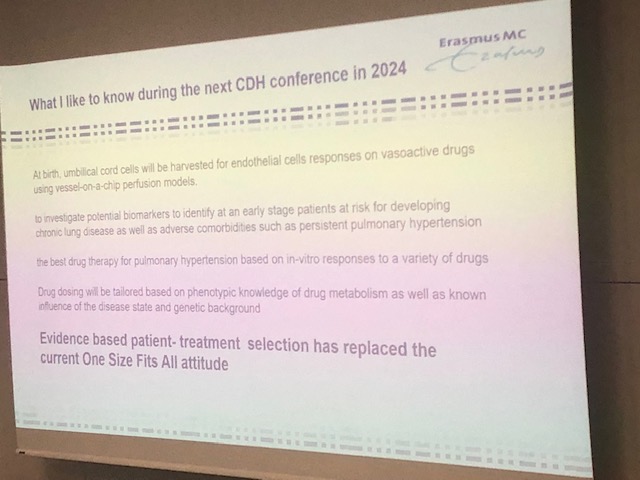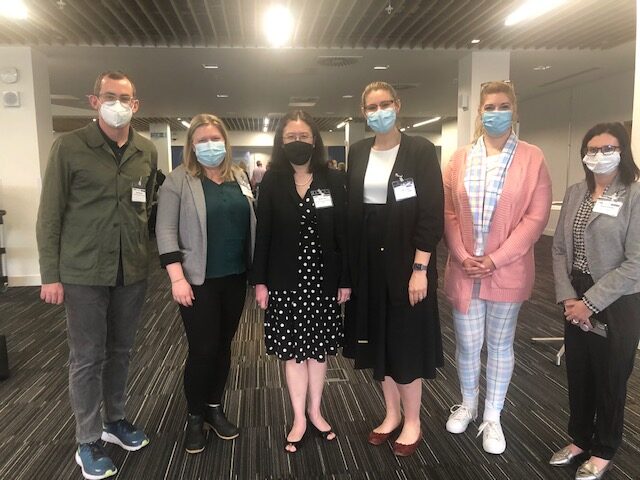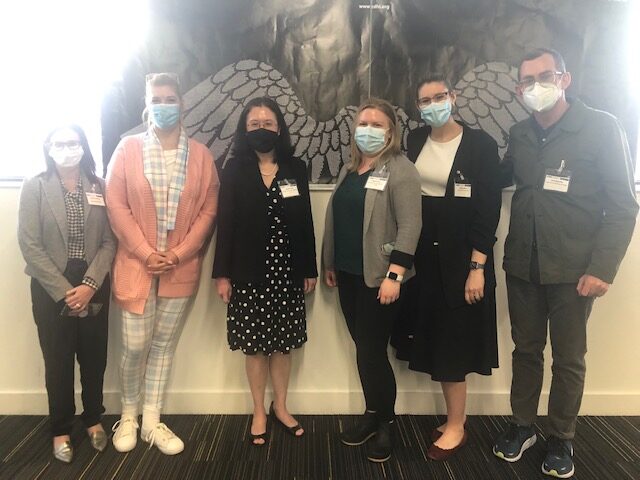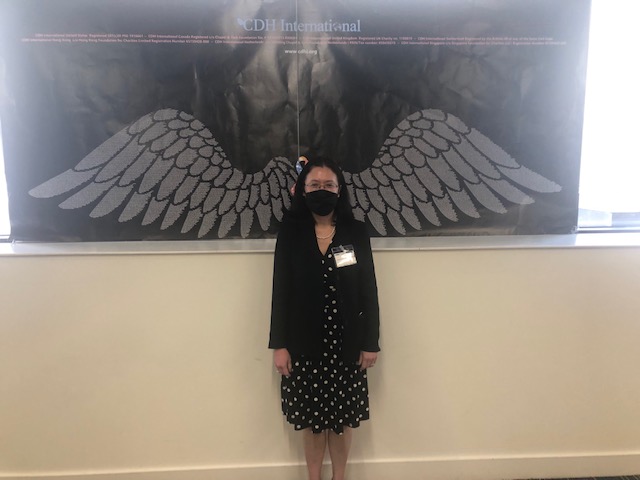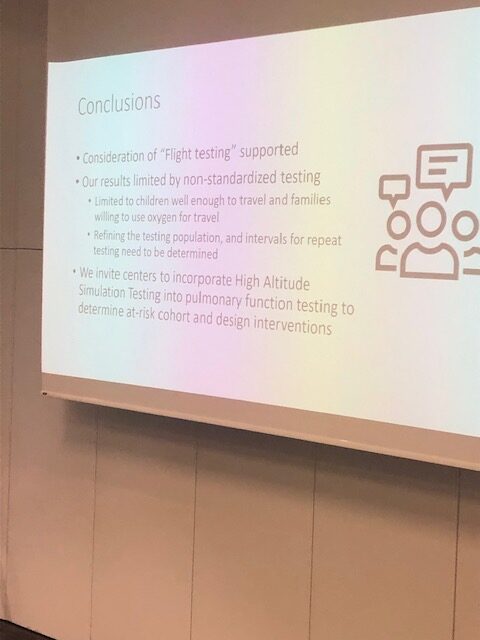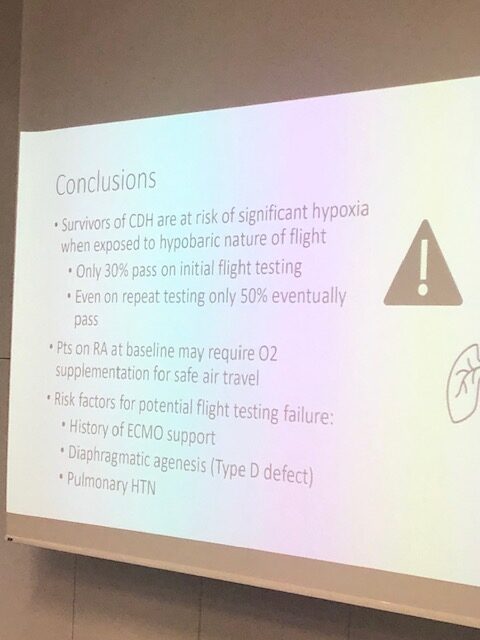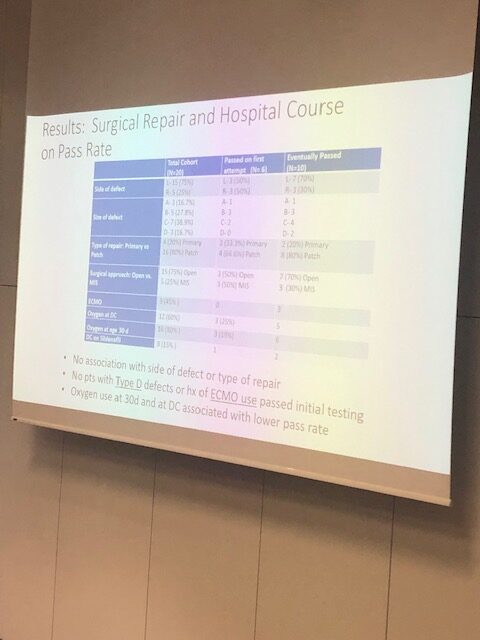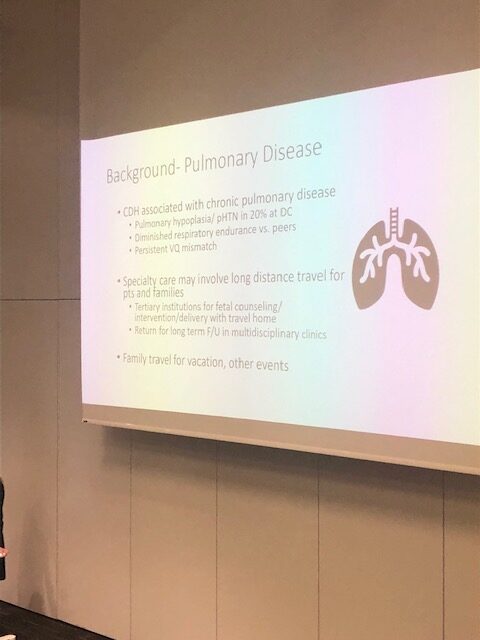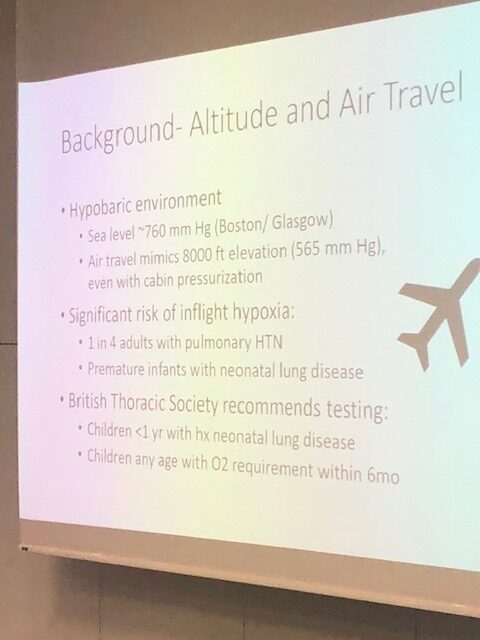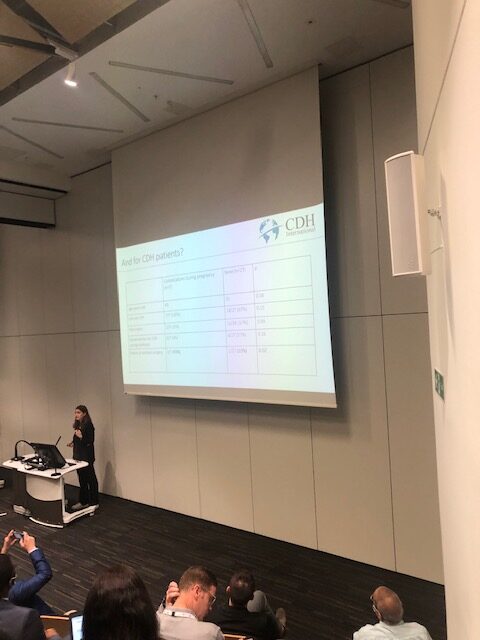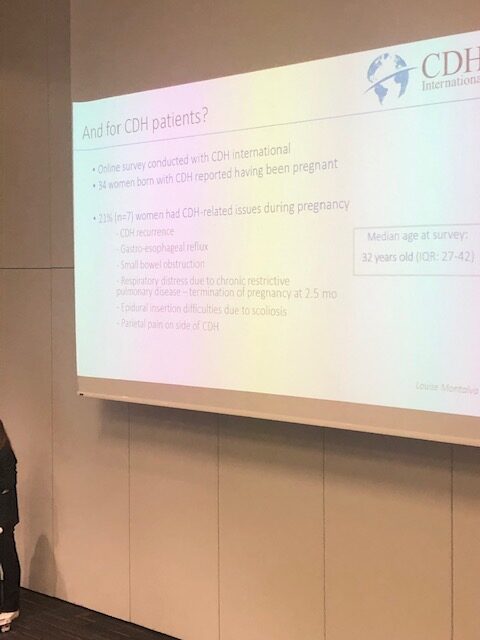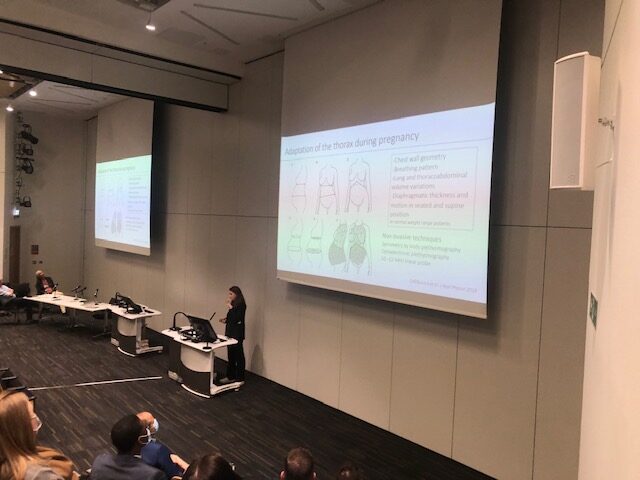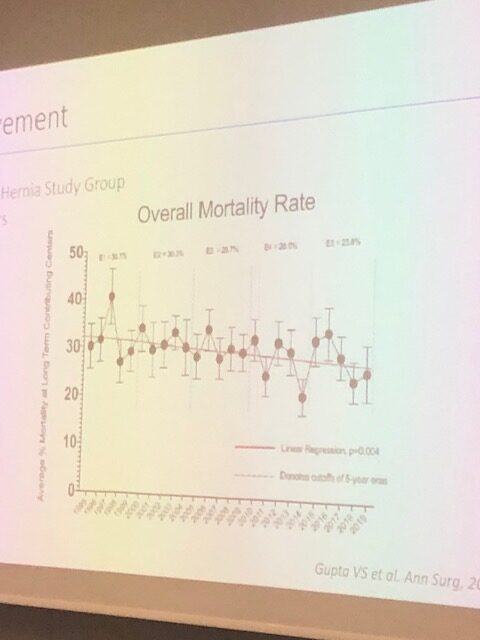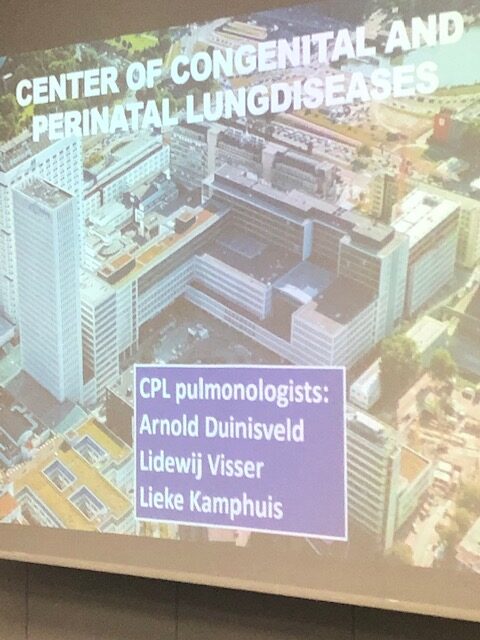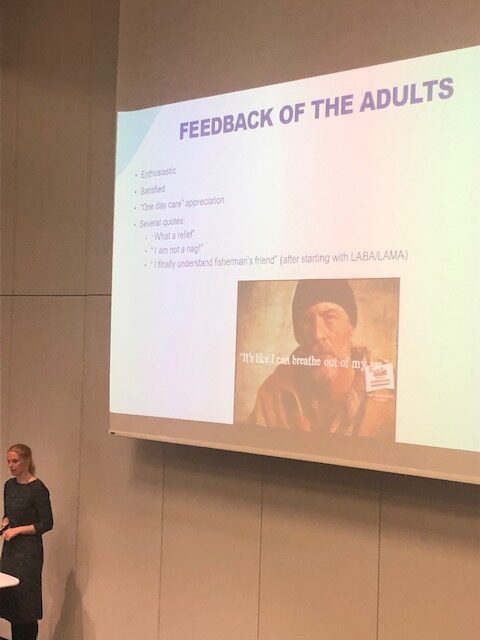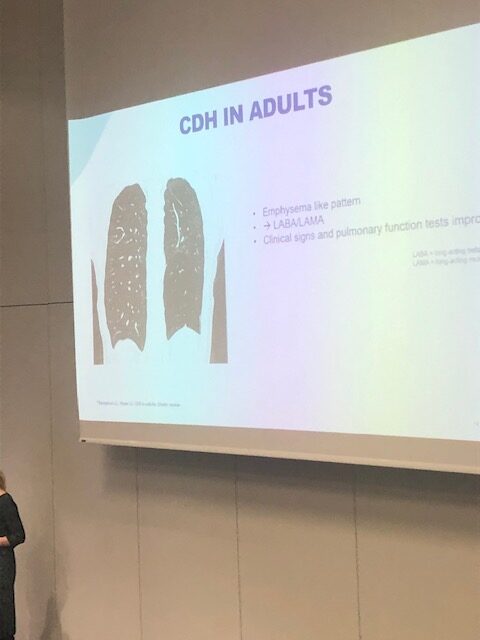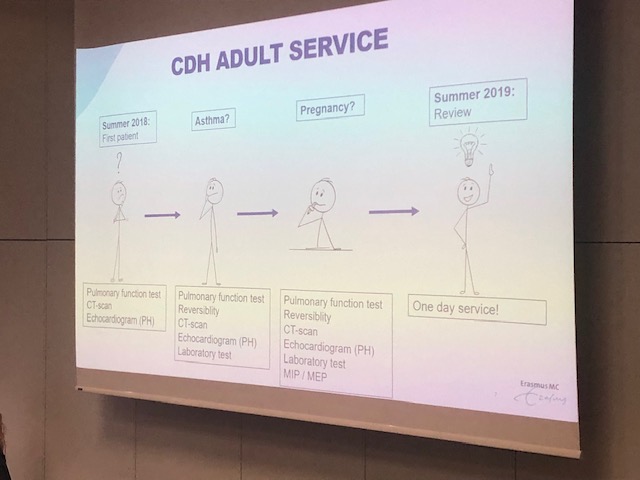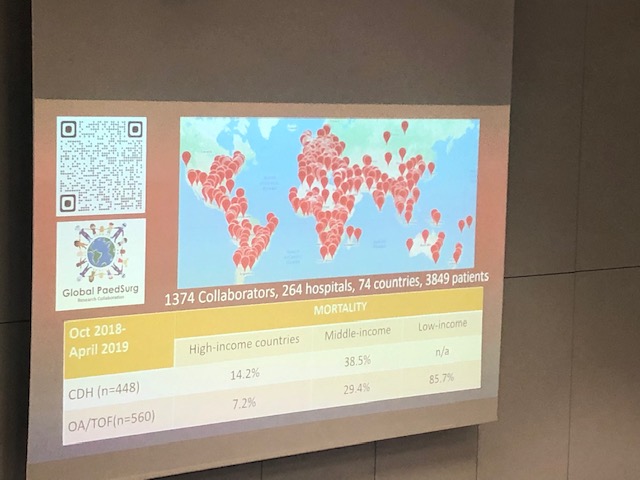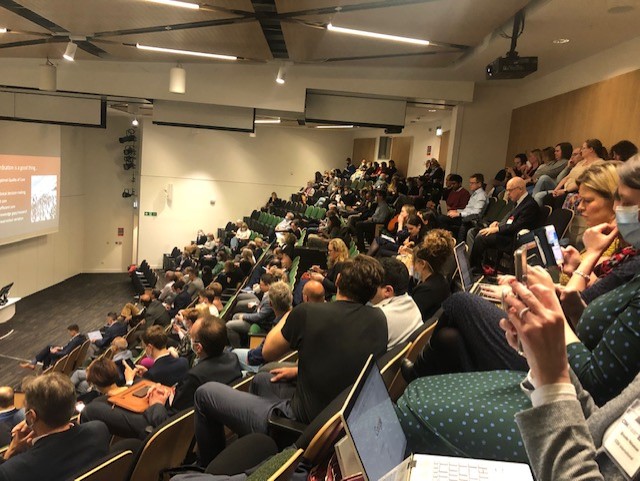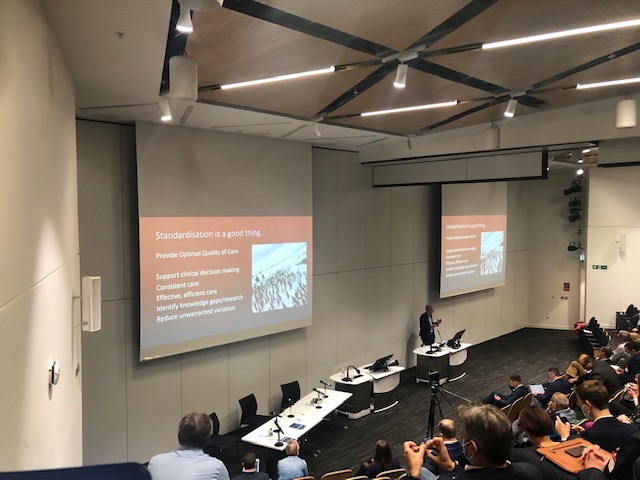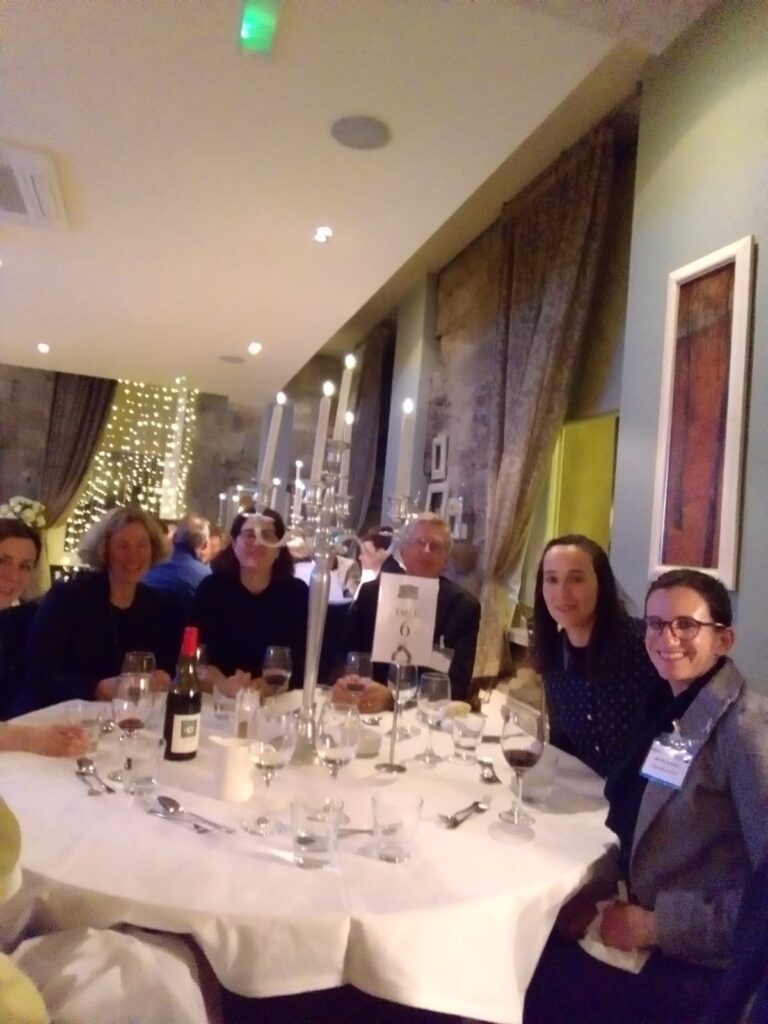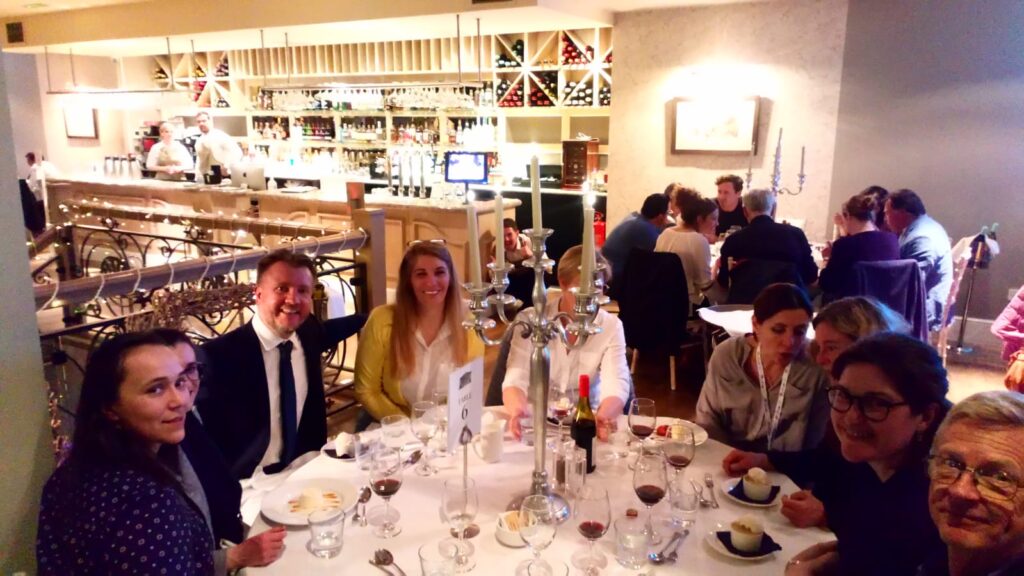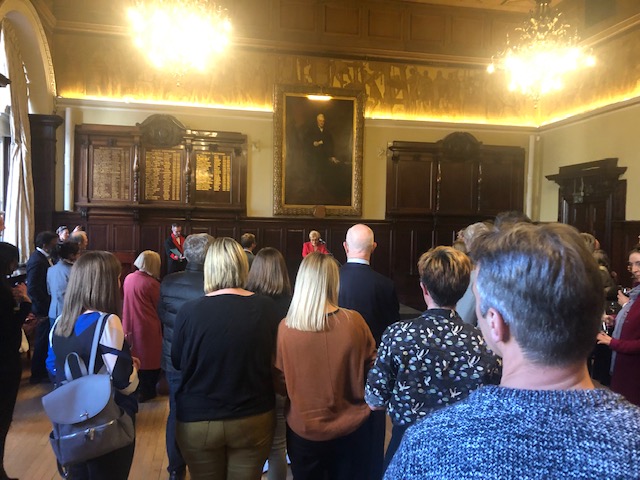CDH International is proud to have once again participated in the CDH Study Group Conference. This year, President Dawn Ireland and Executive Board Member, Brook Newman, traveled to Glasgow, Scotland.
Ms. Ireland presented the following abstract presentation:
| Congenital Diaphragmatic Hernia: Patient Parents As Partners Dawn M. Torrence Ireland1, Jason Miller1, Mahmoud El Fiky, MD2,3, Brooke Newman, MSN, Doctor of Nursing Practice1, Kamal Saleh1, Tracy Meats1, Darlene Silverman1, Maria Harb1, Abstract: The purpose of this study is to evaluate the patient-family experience in the care of Congenital Diaphragmatic Hernia. We took an in-depth look at the financial toll on families who relocated for medical vs those who did not, as well as the emotional toll on family members. We asked the families how they felt about being a partner in their child’s care and if they were given enough and appropriate information. Purpose: To identify gaps in collaboration between Patient Parents and Medical Care Providers, as well as gaps in global Research and Awareness efforts for Congenital Diaphragmatic Hernia. Methods: We surveyed over 4513 CDH families who have voluntarily participated in the CDH Patient Registry, asking them for their opinions on their child’s care, their roles in the care team and if they felt like a partner in that care. 2468 of these patients were survivors, 1292 non-survivors, 697 unknown. Of the survivors, 2323 were over 18 years of age. We also surveyed families on the overall general research of Congenital Diaphragmatic Hernia and what they would like to see more funds and efforts focused on, as well as their opinion on a global Standard of Care for Congenital Diaphragmatic Hernia and a Standard Measurement of Mortality and Morbidity. Results: An increasing number of respondents felt frustrated with the lack of Standards of Care and Measurements of Mortality and Morbidity, citing issues with insurance approvals, school IEPs and the lack of accurate, unbiased information about CDH. In the United States, many families have reported that they felt pressured to travel outside of their state or region because they had no way of knowing accurate survival and treatment rates of individual hospitals. Conclusion: There is still a disconnect between the CDH Research Community and the CDH Patient Community. Even though CDH International and other organizations frequently share research updates with families, the patient community desires more research focus on the topics more beneficial to their ongoing care. They also would appreciate more collaboration among research institutions to create Standards of Care and Measurements of Mortality and Morbidity that will improve overall long term quality of care and allow the patient community to make more informed decisions. Institutions: 1 CDH International 2 Cairo University 3 World Federation of Associations of Pediatric Surgeons (WOFAPS) |
CDHi Registry Administrator, Jason Miller, presented virtually:
| Introducing the CDH Patient Registry; A Global Natural History Registry Dawn M. Torrence Ireland1, Jason Miller1, Mahmoud El Fiky, MD2,3, Brooke Newman, MSN, Doctor of Nursing Practice1, Kamal Saleh1, Tracy Meats1, Darlene Silverman1, Maria Harb1 Abstract: In 2015, CDH International presented the “20 Year Demographic from CDH International” in poster form to report the general data in the CDH Patient Registry. In 2022, CDH International has built the first comprehensive, global natural history registry of Congenital Diaphragmatic Hernia patients. Our paper will take a look at why this was needed, how it was created and the future uses of this patient data. Purpose: To bridge the data gaps in Congenital Diaphragmatic Hernia Research, to abate limitations of our former system, and introduce a new, robust registry that benefits a larger patient community. We also intend to provide a comprehensive, expandable Congenital Diaphragmatic Hernia patient registry to researchers proffering natural history and other non-clinical information. Our goal is to update that data with a more in-depth look at CDH but to also create a registry that allows patients to retain individual data ownership and to update or remove their information. Methods: CDH International has used questionnaires since 1995 to gather information from adult CDH survivors and parents of CDH patients. We verify these patients through a HIPAA and GDPR compliant portal vetting system. The questionnaires contain multiple-choice, yes and no, and grid-based queries with multiple sections expanding based on the participant’s response. Participants receive yearly reminders to update the status of the patient where applicable. Results: Moving from a self-hosted database to REDCap has maximized the flexibility of our unique datasets and has made them easily available to clinical researchers. We can now quickly access data on Congenital Diaphragmatic Hernia and information including, but not limited to: prenatal diagnosis, ECLS, reherniation, transitional care, quality of life, fetal surgery, gestational exposures, genetic information, and family medical history. CDH International also now has the capability to allow the Alliance of Congenital Diaphragmatic Hernia Organizations (ACDHO) with different patient populations and like Congenital Anomaly organizations in the Surgical Anomalies Research Alliance (SARA) to utilize our REDCap instrument to create their own natural history studies at no cost under our mentorship. Conclusion: CDH International is now able to help aggregate Congenital Diaphragmatic Hernia patient natural history data and other points of interest not generally gathered by clinical staff that may prove useful in the community’s research efforts. Collaborations with the CDH Study Group, DHREAMS, NIH’s KidsFirst registry, and others can use our combined de-identified data to create a more detailed analysis of CDH patients. For example, if a clinical researcher needed to look at a cohort of non-surviving males, with right-sided CDH, whose mother used Ibuprofen during the second semester or whose grandfather served in the Korean War, CDH International will be able to query our database to return results for that specific sub-group. With over 15,000 unique data points within 765 questions, researchers can either take a wide sampling or narrow their focus to specific populations. Using the REDCap web application hosted by WOFAPS, CDH International will now be able to seamlessly partner with any other organization within the REDCap ecosystem. Institutions: 1 CDH International 2 Cairo University 3 World Federation of Associations of Pediatric Surgeons (WOFAPS) |
The event was extremely productive and the presentations were well received. By the end of the meeting, CDH International formed 4 more research collaborations with universities and other charities.
We look forward to all the positive steps forward for Congenital Diaphragmatic Hernia Research.
